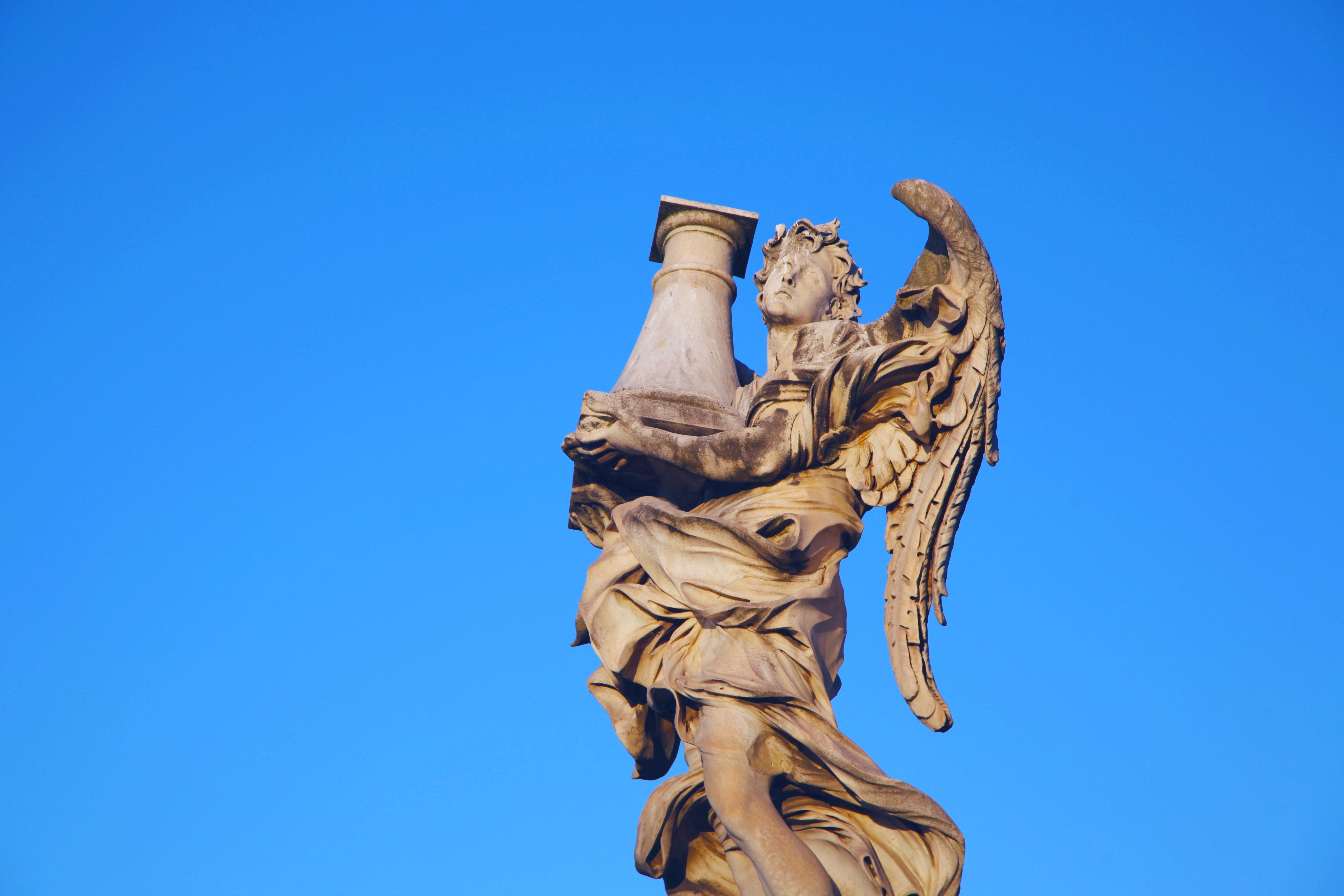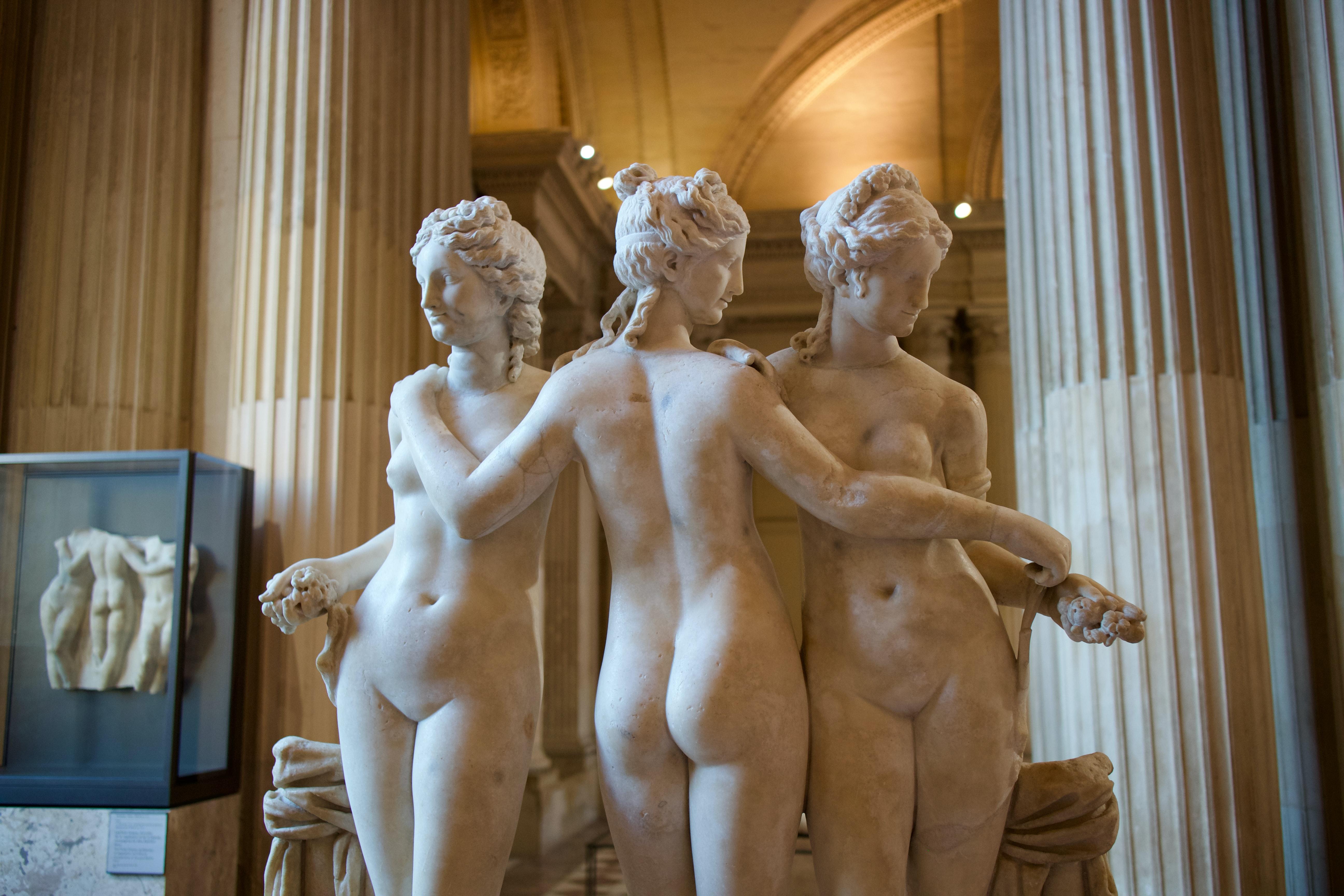Art has been an integral part of human culture for centuries, reflecting the values, beliefs, and aesthetics of different periods in history. Among the various art styles that have emerged over time, one that stands out for its enduring appeal is Classical Art. In this blog post, we will explore what defines Classical Art, its distinguishing characteristics, and its significance in the world of creativity and expression.
From antiquity to the present day, the Classical Art style has captured the imagination of artists and audiences alike. But what exactly makes art classical? Is it the graceful lines and harmonious proportions, or is it the depiction of mythological themes and noble figures? We will delve into these questions and more, unraveling the essence of the classical style and its timeless allure.
Join us as we embark on a journey to understand the art that has transcended time, exploring the difference between ancient art and classical art, identifying classical artworks, and unraveling the characteristics of different periods such as Baroque and Neoclassical. Get ready to explore the world of Classical Art, where tradition meets innovation, and beauty knows no bounds.
What Makes Art Classical
Art has always been a fascinating subject, and one of the most intriguing genres is classical art. So, what exactly makes art classical? Let’s dive into the world of easels, canvases, and masterpieces to uncover the essence of this timeless style.
The Time Machine of Art
Classical art is like a time machine that transports us to a different era. It captures the spirit and style of ancient civilizations, inviting us to experience their world through strokes of a brush or chisel. This rich historical context is one of the key elements that make art classical.
The Aesthetics of Perfection
Classical art is renowned for its pursuit of perfection. Artists painstakingly pay attention to detail, striving for precision in every stroke. From the smooth marble sculptures of ancient Greece to the impeccably proportioned figures in Renaissance paintings, the emphasis on aesthetic perfection is palpable in classical art.
The Harmony in Proportions
In classical art, proportions are more than just a technical aspect – they are a gateway to harmony. Artists follow established principles of balance and symmetry to create visually pleasing compositions. Whether it’s the golden ratio or the rule of thirds, these harmonious arrangements are like a secret recipe that captivates the eye.
The Mastery of Technique
Classical art is a testament to the mastery of artistic techniques. Artists spend years perfecting their crafts, honing their skills in drawing, painting, or sculpting. The brush dances effortlessly on the canvas, creating lifelike portraits, while the chisel delicately sculpts intricate details. The expertise behind classical art is truly awe-inspiring.
The Narratives Unveiled
Art has always been a medium of storytelling, and classical art is no exception. From mythological tales and biblical scenes to historical events and societal commentaries, classical artworks offer a glimpse into the narratives of the past. Each stroke or carving reveals a story, inviting us to unravel the mysteries hidden within.
The Influence That Perseveres
Despite being rooted in ancient times, classical art continues to exert its influence on contemporary culture. We see its echoes in architecture, fashion, and even modern artwork. The enduring legacy of classical art reminds us of its timeless appeal and its ability to transcend the boundaries of time.
So, next time you gaze upon a classical masterpiece, take a moment to appreciate the historical context, the pursuit of perfection, the harmonious proportions, the technical mastery, the narratives woven into the artwork, and the lasting influence it holds. Classical art truly stands as a testament to the creative genius of our ancestors and the universal language that art speaks across the ages.
FAQ: What Makes Art Classical
Which World is Best Associated with the Classical Style of Art
The classical style of art is best associated with the ancient world of Greece and Rome. It draws inspiration from the art and culture of these ancient civilizations, capturing their ideals of beauty, harmony, and balance.
What is the Difference Between Ancient Art and Classical Art
Although ancient art encompasses a wide range of artistic styles and periods, classical art specifically refers to the art created during the peak of ancient Greek and Roman civilizations. Classical art focuses on idealized representations of the human form, harmonious compositions, and balanced proportions.
What Makes a Sculpture Classical
Classical sculptures are characterized by their attention to detail, idealized representations of the human body, and the use of contrapposto, a pose that creates a naturalistic and lifelike posture. They often depict important figures from mythology, history, or religion, and were created to convey a sense of beauty, grace, and reverence.
What are the Qualities of Baroque
Baroque art is known for its dramatic and extravagant style. It features highly ornate designs, dynamic compositions, and strong emotional expressions. Baroque artworks often depict religious, mythological, or historical subjects, using elaborate techniques such as chiaroscuro (contrasting light and shadow) and tenebrism (dramatic, dark lighting).
What are Some Examples of Classical Art
Some famous examples of classical art include the Parthenon in Athens, the statue of David by Michelangelo, and the Laocoon and His Sons sculpture. These artworks are revered for their timeless beauty, masterful craftsmanship, and lasting cultural significance.
What for You Makes a Neoclassical Art
Neoclassical art emerged as a reaction to the excesses of the Baroque and Rococo styles. It sought to revive the aesthetics and principles of classical art, often emphasizing simplicity, clarity, and order. Neoclassical artworks often depict historical or mythological scenes, exuding a sense of noble heroism and intellectualism.
Why is the Classical Period Significant
The classical period marked a cultural renaissance in ancient Greece and Rome. It laid the foundation for Western civilization, influencing art, architecture, philosophy, literature, and politics. The achievements of this period continue to inspire and resonate with us today.
How Do You Identify Classical Art
Classical art can be identified by its emphasis on idealized human forms, balanced compositions, and harmony. Look for sculptures with lifelike poses and serene expressions, or paintings with proportional figures, clear lines, and a sense of balance and symmetry.
How Do You Identify Baroque Art
Baroque art can be identified by its dramatic and dynamic style. Look for artworks with intense emotions, elaborate ornamentation, and contrasting light and shadow. Baroque paintings often feature rich colors, intricate details, and an overall sense of grandeur and theatricality.
Why is Art So Difficult to Define
Art is subjective and multifaceted, making it difficult to define in a concise manner. It encompasses a wide range of creative expressions, styles, and interpretations that reflect the diversity of human experiences and perspectives. Art is meant to evoke emotions, challenge conventions, and inspire thoughts, defying rigid definitions.
What Defines Classical Style
The classical style is defined by its adherence to the aesthetics and principles of ancient Greek and Roman art. It emphasizes balance, harmony, and idealized representations of the human form. Classical artworks often depict mythological or historical subjects and convey a sense of timeless beauty and serenity.
What are the Functions of Classical Paintings
Classical paintings served various functions in ancient times. They were used to decorate temples, public buildings, and private homes, often depicting religious or mythological scenes. They also served as educational tools, promoting cultural values and ideals. Additionally, classical paintings were commissioned to honor important individuals or commemorate significant events.
What is the Difference Between Classical and Contemporary Arts
Classical art refers to the art created during the ancient Greek and Roman civilizations, while contemporary art encompasses the art of the present time. Classical art focuses on idealized forms and mythological narratives, while contemporary art explores diverse themes and artistic techniques, often reflecting the contemporary social, cultural, and political landscapes.
What is Today’s Art Called
The art of today is commonly referred to as modern art or contemporary art. It encompasses a wide range of artistic styles, techniques, and mediums, reflecting the ever-evolving nature of creativity and artistic expression in the modern world.
What Makes a Painting Baroque
Baroque paintings are characterized by their dramatic and dynamic qualities. They often feature intense emotions, elaborate compositions, and contrasting light and shadow. Look for paintings with exaggerated gestures, theatrical scenes, and a sense of movement and energy to identify the distinct Baroque style.
What are the 3 Most Influential Works of Art from Baroque
-
The Ecstasy of Saint Teresa by Gian Lorenzo Bernini: This masterpiece of Baroque sculpture depicts the mystical experience of Saint Teresa of Avila. It showcases Bernini’s ability to capture intense emotions and movement in stone, evoking a sense of spiritual transcendence.
-
The Night Watch by Rembrandt van Rijn: This iconic painting is renowned for its innovative composition and use of light and shadow. It depicts a lively group portrait of a Dutch militia, showcasing Rembrandt’s skill in capturing individual characters and narrative storytelling.
-
The Conversion of St. Paul by Caravaggio: This powerful painting depicts the moment of Saint Paul’s conversion to Christianity. It showcases Caravaggio’s mastery of chiaroscuro and tenebrism, creating a dramatic and realistic scene that captures the viewer’s attention.
What is Modern Classic Art
Modern classic art refers to artworks that draw inspiration from classical art while incorporating contemporary elements or interpretations. It combines the timeless aesthetics of classical art with modern perspectives, techniques, and subject matters, creating a fusion of the past and the present.
What are the Main Characteristics of the Classical Period
The classical period is characterized by its emphasis on reason, order, and humanism. It values balance, harmony, and proportion in art, architecture, and philosophy. The culture of the classical period also emphasizes intellectual pursuits, democracy, and the pursuit of knowledge and individual excellence.
What is the Characteristics of Classical Art Greek
Classical Greek art is characterized by its focus on idealized human figures, lifelike naturalism, and a sense of balance and harmony. It emphasizes the beauty of the human form, capturing the perfect proportions and graceful postures of the human body. Classical Greek art often depicts mythological or historical subjects and exudes a sense of timeless elegance.
When Can We Call an Art Classical
Art can be called classical when it adheres to the aesthetics, techniques, and ideals of classical art from ancient Greece and Rome. It should reflect the principles of balanced compositions, idealized representations of the human form, and a sense of harmony and beauty. Additionally, classical art often has lasting cultural significance and timeless appeal.
What Does Classical Mean in Art
In art, classical refers to the style, aesthetics, and principles of ancient Greek and Roman art. It emphasizes the ideals of beauty, proportion, and balance. Classical art reflects the cultural values and aspirations of the classical period, conveying a sense of harmony, serenity, and timelessness.
What is the Art Form That Was Inspired by Ancient Times but Created Later
The art form that was inspired by ancient times but created later is known as neoclassical art. Neoclassical artists sought to revive the aesthetics and ideals of classical art, responding to the excesses of the Baroque and Rococo styles. This art form emerged during the 18th and 19th centuries and incorporated classical elements into contemporary artworks, promoting simplicity, order, and intellectualism.
Now that you have a better understanding of what makes art classical, take a moment to appreciate the timeless beauty, harmony, and cultural significance that it embodies. Explore the masterpieces of the ancient world and the works of artists who continue to draw inspiration from classical aesthetics. Let the art transport you to a world where beauty and balance reign supreme.

